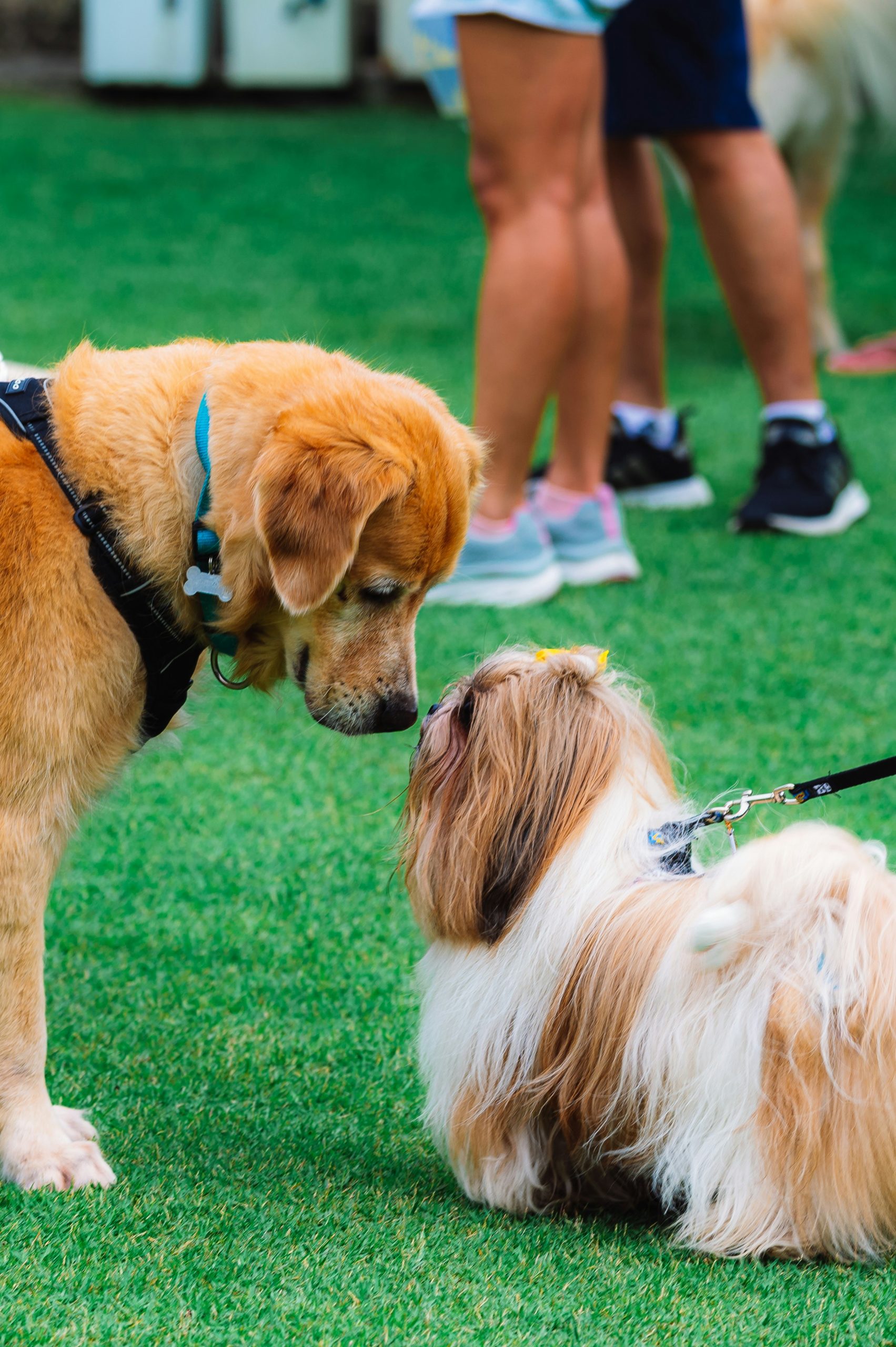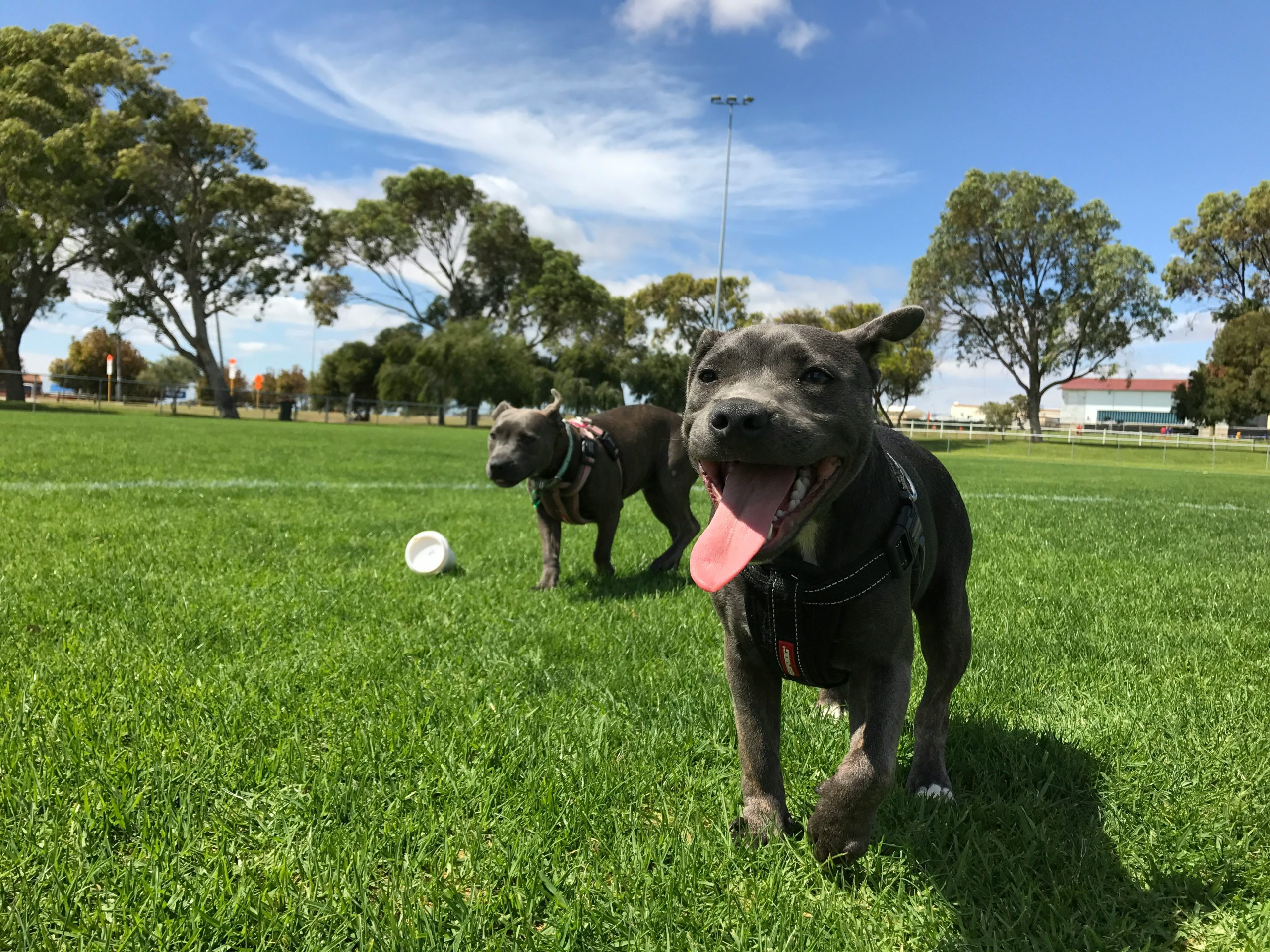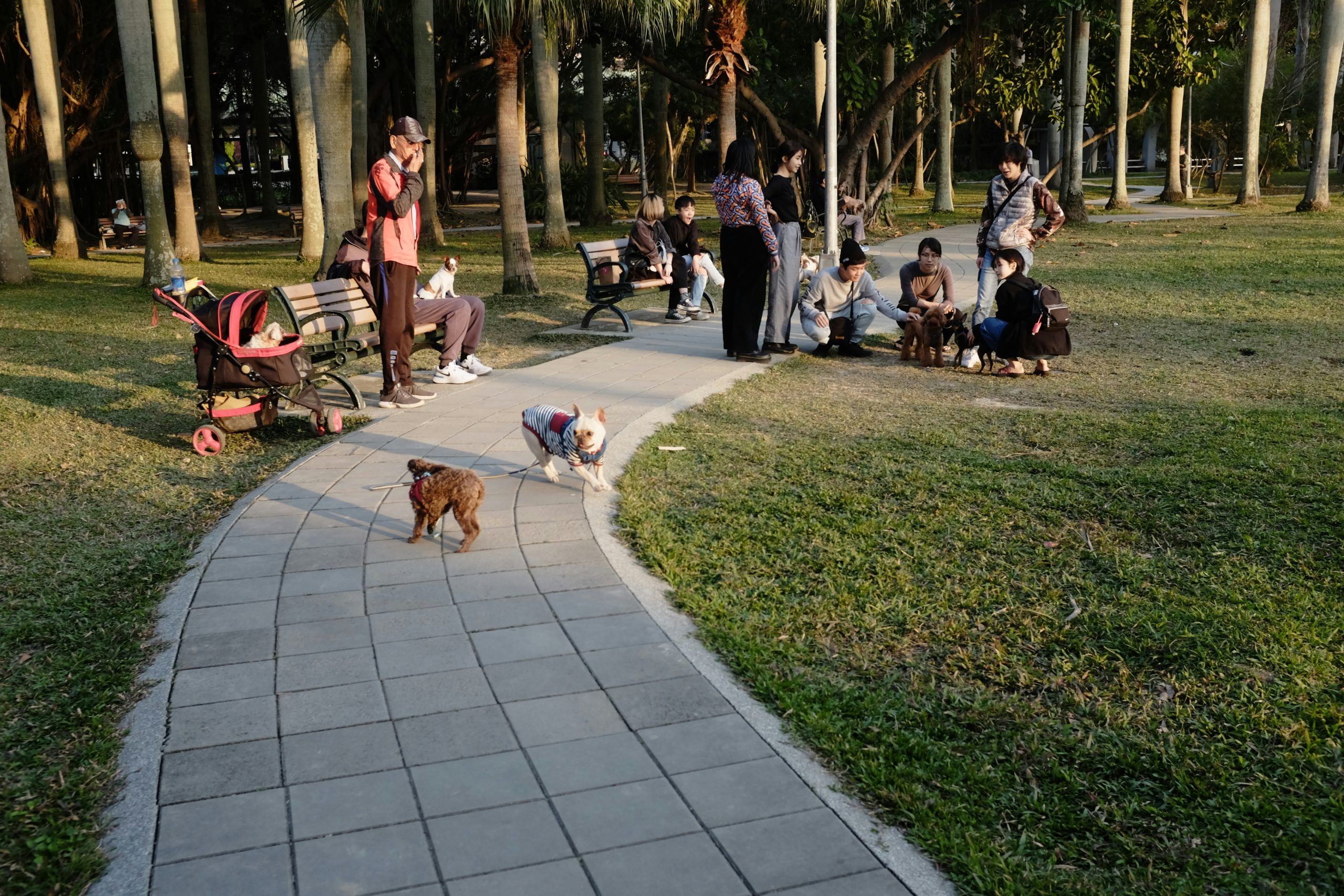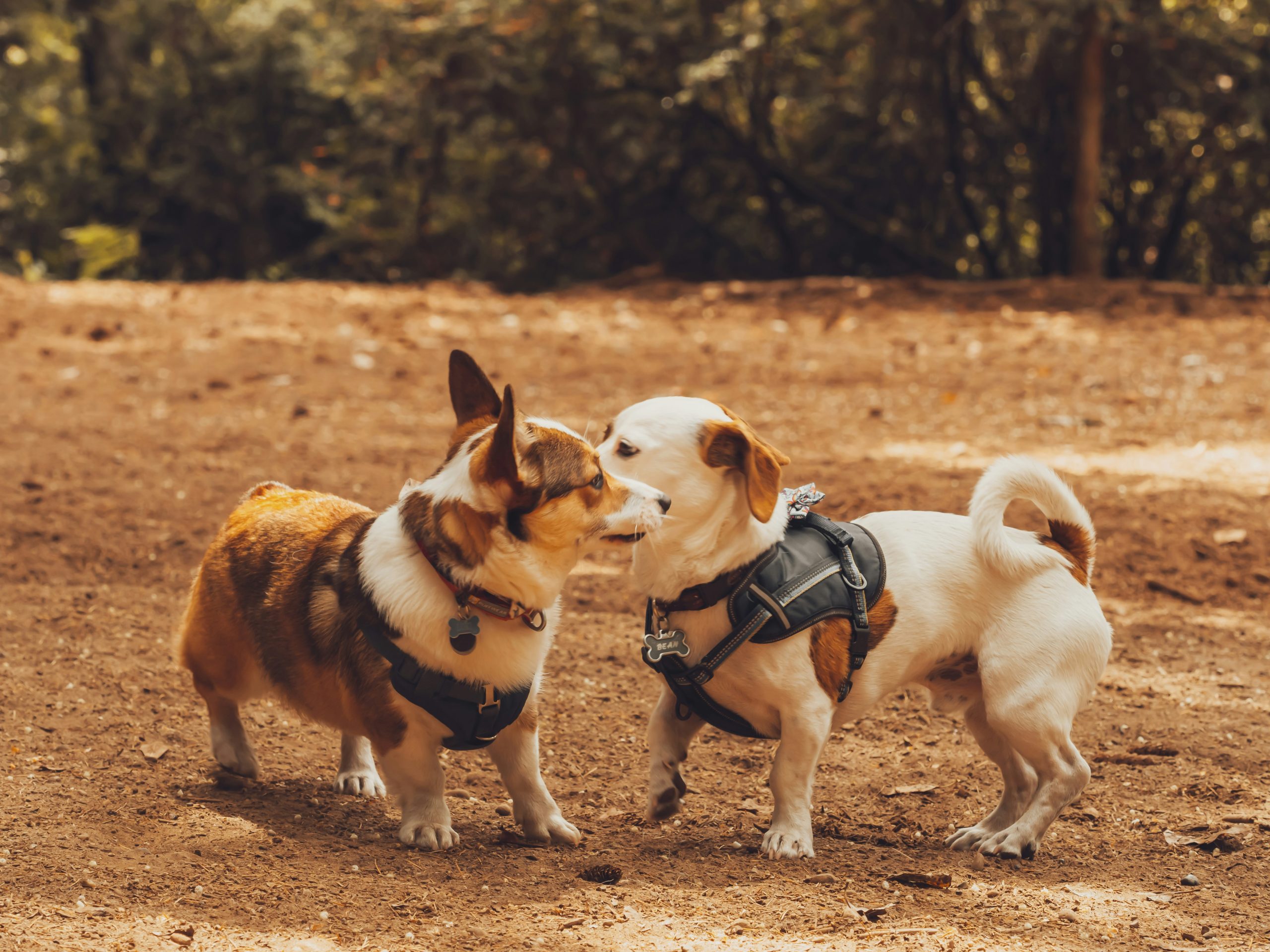Creating Safe and Happy Spaces: The Art of Designing Dog Parks
Designing Dog Parks for Safety and Positive Experiences: Learn how to create dog parks that prioritize safety, promote positive interactions, and enhance the overall well-being of dogs and their owners.
Introduction to Designing Dog Parks for Safety and Positive Experiences
Dog parks play a crucial role in providing dogs with the opportunity to socialize, exercise, and engage in outdoor activities, contributing to their overall well-being. These spaces not only benefit dogs but also promote community engagement and responsible dog parks ownership. Properly designed dog parks are essential in enhancing the quality of life for both dogs and their owners.
Proper design elements in dog parks can cater to diverse dog needs by offering separate play areas, ensuring safe interactions among dogs of different sizes and temperaments. Additionally, maintaining cleanliness and hygiene in these parks is vital for creating a pleasant environment for all visitors. Surfaces like grass and durable materials are ideal choices for dog park flooring, providing comfort and safety for the furry visitors.
Importance of Dog Park Design
One example of the importance of dog park design is the inclusion of separate play areas for small and large dogs. This design element ensures that dogs can interact safely based on their size and temperament, reducing the risk of conflicts and promoting positive social experiences.
Another key aspect to consider in dog park design is the maintenance and cleanliness of the park. Regular cleaning and waste disposal facilities are essential to create a hygienic environment that is enjoyable for both dogs and their owners.
Safety Guidelines for Visitors at Dog Parks
To ensure a positive experience at the dog park, dog owners should be attentive to signs of discomfort or fear in their dogs, such as a tucked tail or raised hair, which can indicate potential conflicts. It is important for owners to assess their dog’s comfort level in busy dog parks and consider alternatives like renting a private yard if necessary.
One safety guideline for dog park visits is to recognize signs of a scared dog, such as a tucked tail and raised hair, which can help prevent conflicts and ensure a safe environment for all visitors. Additionally, not all dogs may be suited for busy dog parks, so owners should assess their dog’s behavior and comfort level before bringing them to the park.
Promoting Positive Experiences and Behavior at Dog Parks
Quality dog parks offer amenities such as shade, seating, and designated areas for different dog sizes, enhancing the overall experience for both dogs and their owners. Signs of a scared dog, such as a tucked tail and raised hair, should be observed to address any discomfort and prevent potential conflicts. Supervision is key in maintaining a safe and enjoyable environment at the park, ensuring that all visitors can have a positive experience.
One way to promote positive behavior at the dog park is by providing amenities that cater to the needs of both dogs and owners. For example, having designated areas for different dog sizes can prevent conflicts and ensure a harmonious environment for all visitors.
Community Engagement and Rule Enforcement
Community involvement and rule enforcement are essential for fostering a positive dog park culture and ensuring a safe environment for all visitors. Enforcing rules such as vaccinations, basic commands, and restrictions on toys or food can help maintain order and prevent conflicts. Moreover, accessibility and location play a crucial role in the success and popularity of dog parks among dog owners.
One example of the importance of community involvement is in enforcing rules such as vaccinations and basic commands. By ensuring that all dogs are up to date on their vaccinations and respond to basic commands, the risk of conflicts and incidents at the park can be minimized, creating a safer environment for everyone. Additionally, community engagement is vital in promoting a positive dog park culture and encouraging responsible dog ownership among visitors.
Conclusion on Designing Dog Parks for Safety and Positive Experiences
By prioritizing safety measures and promoting positive interactions, dog parks can become valuable community assets that benefit both dogs and their owners. Designing dog parks with safety and positive experiences in mind contributes to the overall well-being and happiness of furry companions and their human counterparts.




